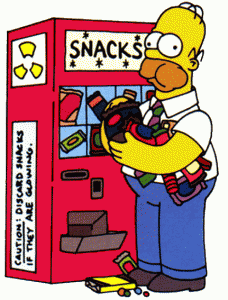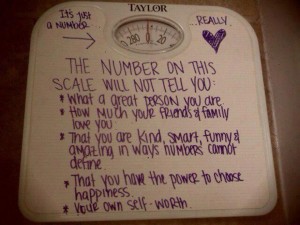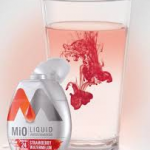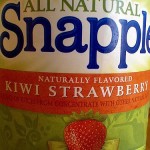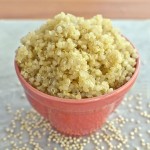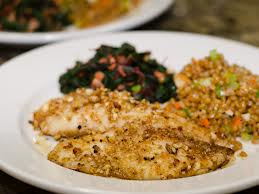 Tilapia, a mild tasting, white fish, can be a kid friendly way to increase your family’s intake of fish closer to the American Heart Association’s recommendation of 2 servings per week. In this recipe, almonds are added to create a fun coating that gives a bit of crunch appeal, not to mention additional unsaturated fatty acids, vitamin E, and calcium.
Tilapia, a mild tasting, white fish, can be a kid friendly way to increase your family’s intake of fish closer to the American Heart Association’s recommendation of 2 servings per week. In this recipe, almonds are added to create a fun coating that gives a bit of crunch appeal, not to mention additional unsaturated fatty acids, vitamin E, and calcium.
Almond Crusted Tilapia
1 ½ # fresh tilapia
For the breading:
1 cup very finely chopped almonds
¼ cup plain breadcrumbs
2 tbsp brown sugar
½ tsp Old Bay seasoning
½ tsp salt
Slice tilapia into two halves.
Mix together the breading ingredients in a shallow dish.
In another bowl, place ~1/4 cup flour. Beat 1 egg in a third, separate bowl.
Dip tilapia in flour, coating both sides. Then dip in beaten egg. Then place in almond mixture and press to coat well. Place on nonstick cooking sheet. Repeat with other piece of tilapia. Bake at 425 for about 15 minutes, depending upon the size of your filets.

